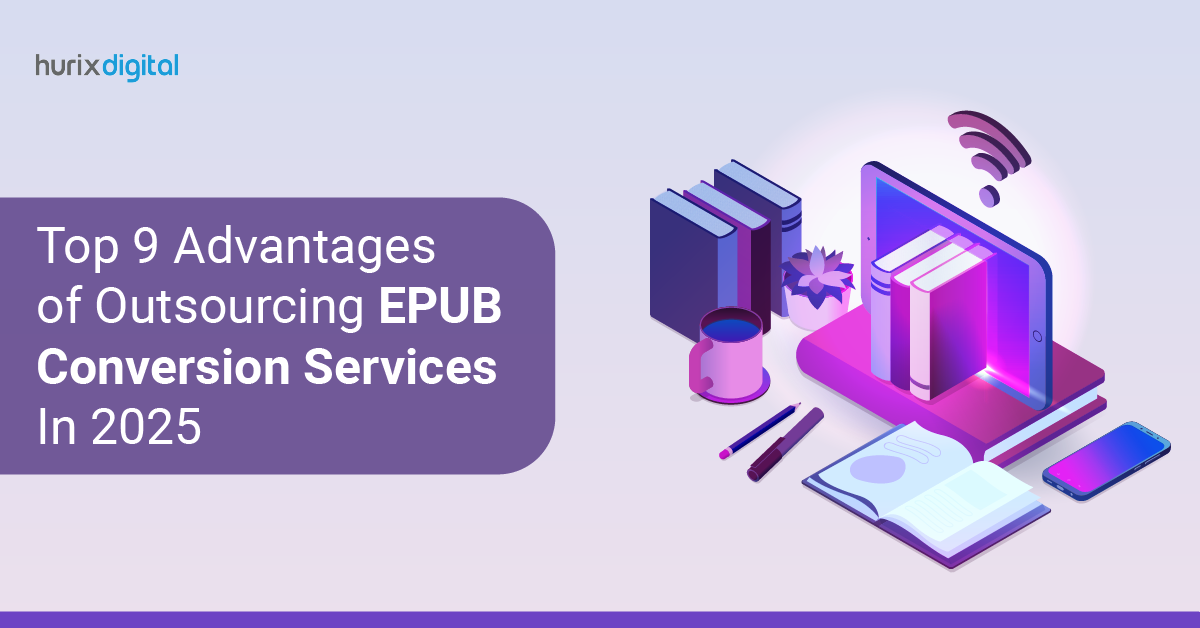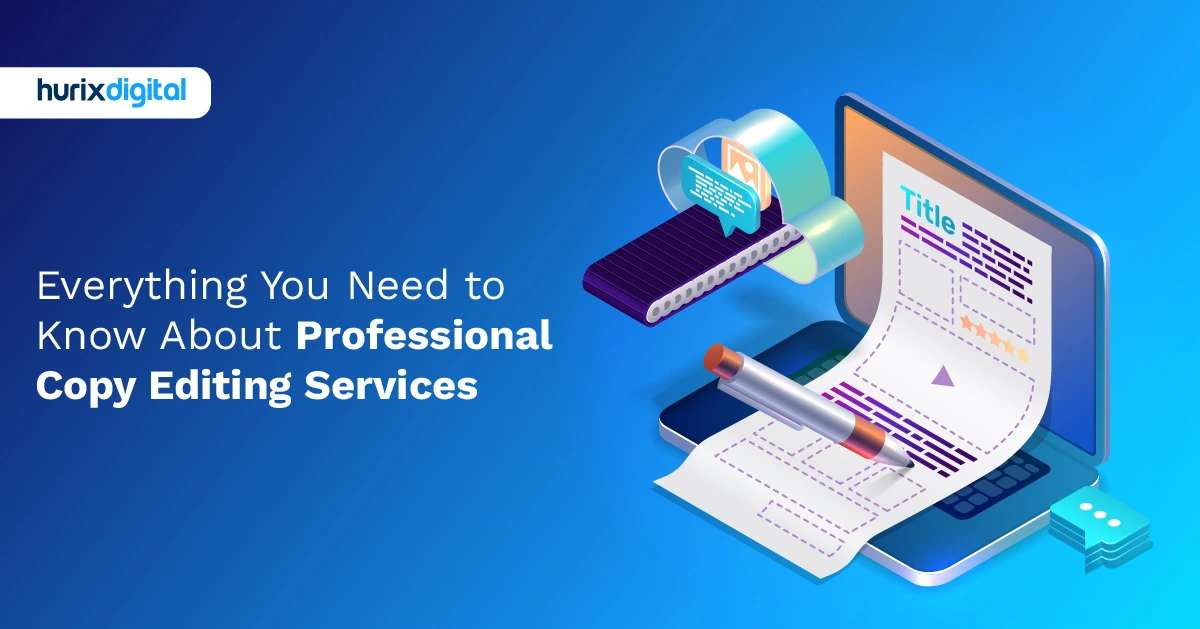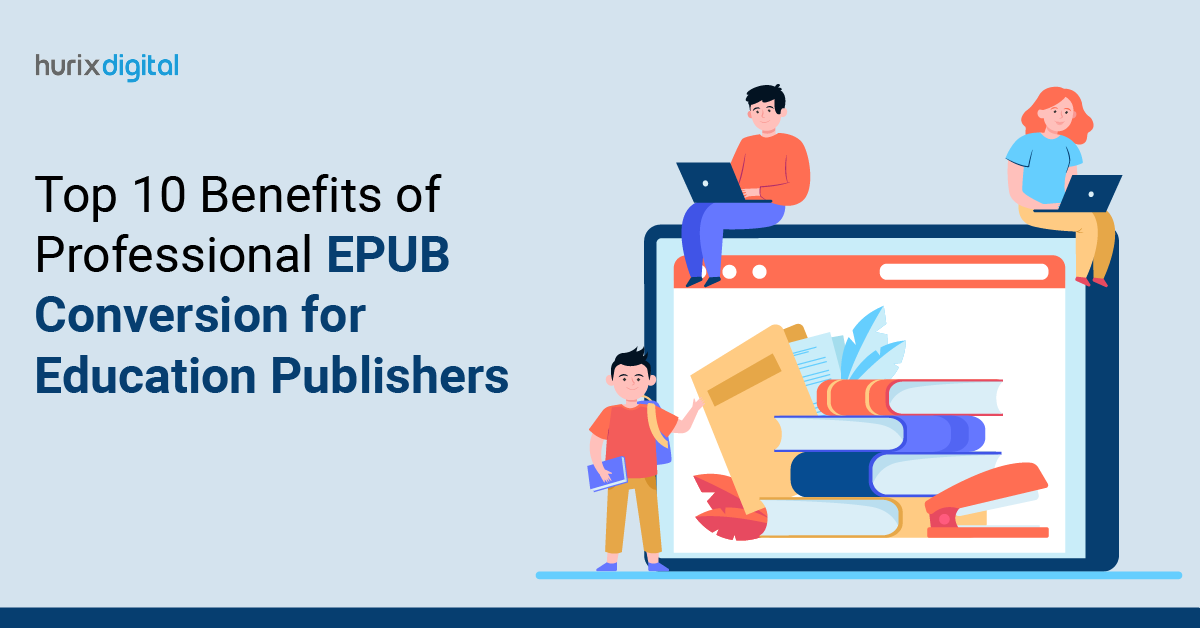
Understanding the Differences Between ePub3 and ePub Formats
Summarize with:
Although ePUB has long been the industry standard for eBooks, the introduction of ePUB3 has changed the rules governing digital publishing. What essential distinctions exist between these seemingly comparable formats? The answer empowers authors to craft captivating and accessible digital experiences.
Here is a summary to help you make your choice. Fundamentally, eBook containers, defined by the International Digital Publishing Forum (IDPF), are what ePUB and ePUB3 are. On smartphones, tablets, and specialized eReaders, they provide a reflowable text experience that dynamically adapts to different screen sizes.
Table of Contents:
- ePUB: A Foundation for Digital Books
- ePUB3: Ushering in a Multimedia Era
- A Detailed Examination of Key Features through Comparative Lens
- Choosing the Right Format: A Strategic Imperative
- The Takeaway
- The Future of ePUB
- The Bottom Line
ePUB: A Foundation for Digital Books
ePUB, the earlier format, utilizes a structure similar to a marked-up document. This structure incorporates text, images, and illustrations, promoting a flexible reading experience.
Its widespread adoption by major eBook stores like Google Play, Apple’s iBooks, Barnes & Noble’s NOOK, and KOBO positions it as a reliable choice for reaching a broad audience. However, ePUB presents limitations in multimedia integration and interactive elements.
Also Read: How to Create Accessible ePUB Files
ePUB3: Ushering in a Multimedia Era
ePUB3, the successor, marks a significant evolution. Building on the HTML5 standard opens up a plethora of opportunities for multimedia. Books can extend dynamic experiences by incorporating videos, audio clips, and interactive components into an ePUB3 file in an elegant manner.
ePUB3 advantages encompass enhanced functionality, rendering it perfect for interactive resources such as instructional guides with audio clips, cookbooks with video demonstrations, and educational materials with tests and simulations.
A Detailed Examination of Key Features through Comparative Lens
A side-by-side comparison is necessary for a comprehensive understanding of the distinctions between ePUB and ePUB3. This section involves a granular analysis of several crucial features that influence the creation and consumption of digital publications.
| Parameters | ePUB | ePUB3 |
| Layout and Design Control |
|
|
| Multimedia Integration |
|
|
| Language Support | Restricted support for languages like Arabic, Chinese, or Hebrew that use characters other than Latin, making it difficult to reach a global audience | Effortlessly handles the particular requirements of left-to-right or right-to-left text flow for several languages, ensuring an impeccable reading experience regardless of the language used and opening up the platform for a wider range of users |
| Image Formats | Limits image formats to JPG and PNG, which are widely used but might not be ideal for every situation |
|
| Accessibility Features | Limited accessibility making reading more difficult for those with vision problems or other disabilities |
|
| Interactivity | Lacks support for scripted content or interactive elements, restricting the potential for creating dynamic and engaging reading experiences | Interactivity through the use of JavaScript, a scripting language, making it more dynamic and engaging by enabling the addition of interactive features like pop-up notes, hyperlinks that initiate particular actions, and even interactive quizzes |
| Text-to-Speech Functionality | Does not provide a built-in text-to-speech feature, reducing the selection of reading materials |
|
Choosing the Right Format: A Strategic Imperative
Choosing between ePUB and ePUB3 is more than just picking one over the other; it is a crucial decision that depends on the unique objectives and audience of your digital content. Here are the primary considerations to promote an informed choice:
1. Prioritizing Audience Reach and Compatibility
If maximizing audience reach and ensuring compatibility with the widest range of eReader devices is paramount, ePUB remains the undisputed champion.
Its extensive adoption by major eBook stores and platforms guarantees broad accessibility for your publication.
2. Multimedia and Interactivity
If your vision goes beyond text and includes multimedia components such as audio samples, video clips, or interactive tests, ePUB3 is the best option.
You may create multiple things with it, and its strong multimedia integration lets you create a dynamic eBook.
3. Accessibility and Inclusivity
The world of digital publication is becoming increasingly dependent on accessibility issues. ePUB3 significantly advances accessibility capabilities over ePUB by introducing a full suite of them, whereas ePUB only provides limited support for persons with disabilities.
In addition, ePUB3 guarantees a smooth reading experience for a larger audience with features like text-to-speech capabilities and comprehensive alt-text descriptions for images.
4. Content Complexity and Design Nuances
ePUB3 offers the perfect platform for publications with complex layouts, advanced graphic components, or include mathematical formulae.
Its sophisticated layout and design features make it easier to create stunningly organized eBooks with a strong visual component. This is especially useful for publications that are extremely design-driven, technical, or scientific.
5. Future-Proofing Your Content
While ePUB offers a reliable and established format, ePUB3 stands as the future-proof option. Its foundation on the HTML5 standard positions it to readily integrate with upcoming technological advancements, potentially encompassing features like advanced animation, augmented reality overlays, or even virtual reality environments.
The Takeaway
The optimal format selection hinges on a nuanced understanding of your publication’s unique requirements. While ePUB3 offers exciting new features, ePUB remains the dominant ebook standard for ensuring broad compatibility across various eReader devices.
However, for publications wanting to leverage multimedia elements, interactivity, accessibility features, and the potential for future innovation, ePUB3 stands as the strategic and forward-thinking option.
The Future of ePUB
The development of ePUB3 signifies a commitment to enriching the digital reading experience. As technology continues to evolve, we can expect further advancements in the ePUB standards, potentially incorporating features like advanced animation, augmented reality overlays, and even integration with virtual reality environments.
Also Read: Which is the Better Format for ePublishing in 2024?
The Bottom Line
Choosing the correct file format for your eBook is a critical decision when maneuvering through the realm of digital publishing.
Both ePUB and ePUB3 provide unique benefits, and the best option depends on your particular objectives and audience. Publishers must ensure a thorough grasp of the advantages and drawbacks of ePUB and ePUB3 to effectively harness the capabilities of digital publishing.
Thoughtful evaluation of your publication objectives, audience demographic, and desired reader interaction helps you confidently choose the format that will most effectively showcase your eBook for optimal results.
Do not settle for generic eBook conversions. At Hurix Digital, we tailor our services to your specific needs, from seamless ePUB3 conversion to expert content creation and design.
Our team of specialists leverages their extensive experience to craft engaging content and ensure flawless ePUB3 conversions. Experience the Hurix Digital difference. Contact us today and let us discuss how we can elevate your digital publishing goals!
Summarize with:

Vice President – Content Transformation at HurixDigital, based in Chennai. With nearly 20 years in digital content, he leads large-scale transformation and accessibility initiatives. A frequent presenter (e.g., London Book Fair 2025), Gokulnath drives AI-powered publishing solutions and inclusive content strategies for global clients
 Upcoming Masterclass | Build an Army of Brand Evangelists using Training & Development | November 20th, 8:30 AM PDT | 11:30 AM EDT | 10:00 PM IST
Upcoming Masterclass | Build an Army of Brand Evangelists using Training & Development | November 20th, 8:30 AM PDT | 11:30 AM EDT | 10:00 PM IST





